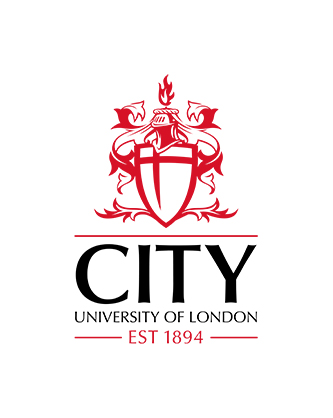A study in the reconstruction of a three-dimensional object from its two-dimensional emission images, with application to the human heart
Cavouras, D. (1981). A study in the reconstruction of a three-dimensional object from its two-dimensional emission images, with application to the human heart. (Unpublished Doctoral thesis, The City University)
Abstract
The intention of this thesis is to examine the problematic nature of Emission Imagery (El) in its application to medicine, analyse and provide solutions to the inherent processes of El that degrade valuable information carried by the emitted gamma-photons, study the problem of the reconstruction of a three-dimensional (3—D) object from its emitted 2-D images, and develop digital processing methods, which determine the 3-D distribution of gamma emitting radionuclides in the human heart from a small number of projected gamma images. The objective is to map areas of heart muscle which have ceased to function, due to failure of blood supply following a coronary infarction, and tnus provide the cardiologist with valuable information concerning the location and extent of cardiac infarcts in the myocardium.
Patient-examination involved injecting the patient intravenously with 201-Thallium, which accumulates in regions of the heart muscle which are active but not in those which are defunct. The 3-D distribution of the gamma ray emissivity, and hence the heart muscle activity, was then reconstructed from three 2-D gamma images, collected by an Anger camera at different angles around the patient chest wall.
Attention was concentrated on the Left Ventricle (LV) of the myocardium, where most of the infarcts occur. A 2-D filter, based on the 'inverse-filter' principle, was used to remove the imaging system point spread function from the images and a boundary detection technique to detect the image-boundaries and correlate the images. Two-algorithms, the Straight Pseudoinverse (SP) and the Minimum Least Square Estimate (MLSE) were employed to reconstruct the radioisotope distribution in the LV. Both algorithms provided significant compensation for attenuation, scattering, and Poisson noise. Image processing and reconstruction algorithms were first validated on a phantom consisting of a thick walled hollow cone filled with a solution of the radioisotope and a non-emitting rubber wedge to simulate cardiac infarcts. Then, successful reconstructions of healthy and infarcted hearts were obtained by both algorithms revealing the location and extent of infarcts with an estimated 15 min. computer processing time employing the SP-algorithm.
| Publication Type: | Thesis (Doctoral) |
|---|---|
| Subjects: | R Medicine > RC Internal medicine T Technology > T Technology (General) T Technology > TA Engineering (General). Civil engineering (General) |
| Departments: | School of Science & Technology School of Science & Technology > Department of Engineering School of Science & Technology > School of Science & Technology Doctoral Theses |
Download (64MB) | Preview
Export
Downloads
Downloads per month over past year


 Metadata
Metadata Metadata
Metadata